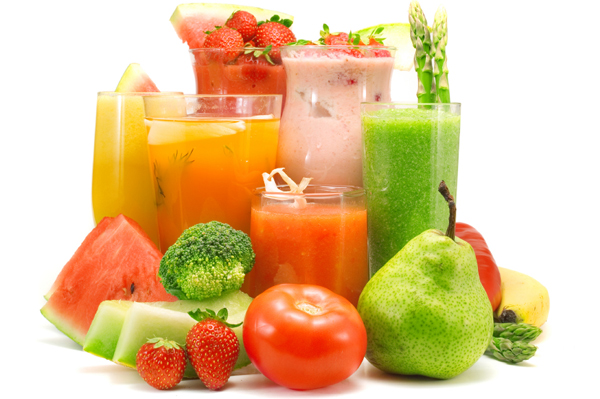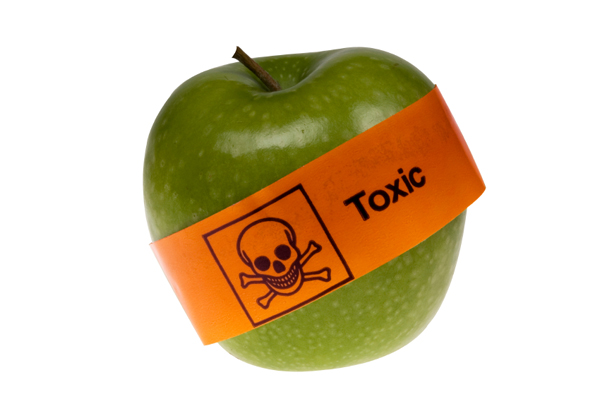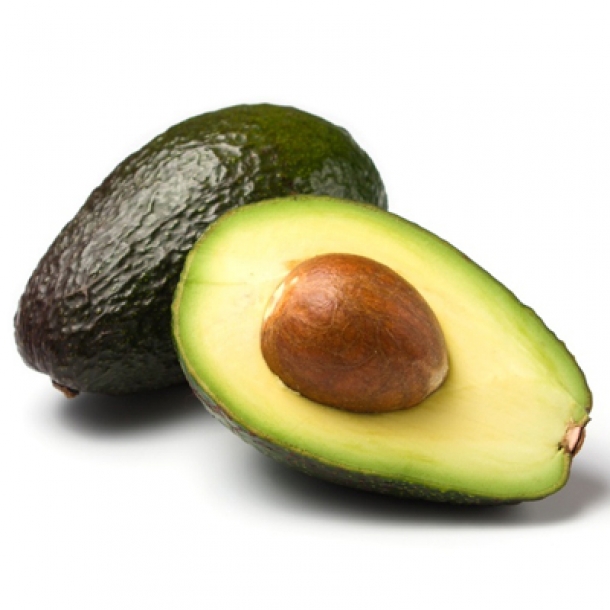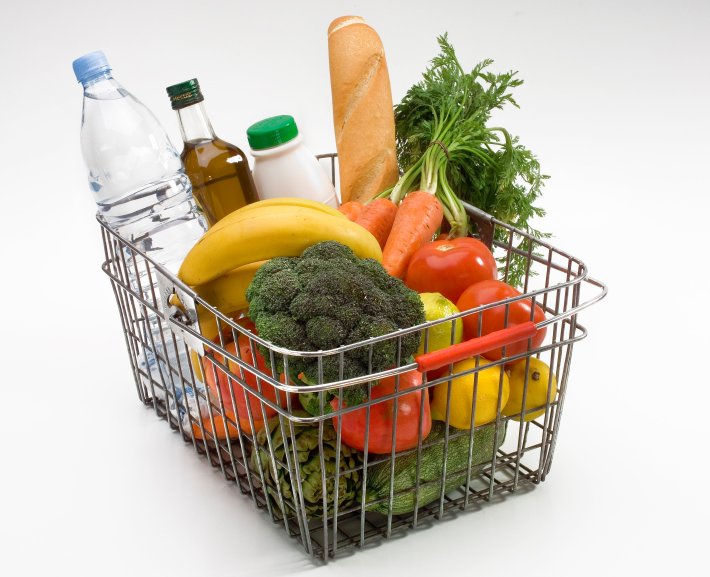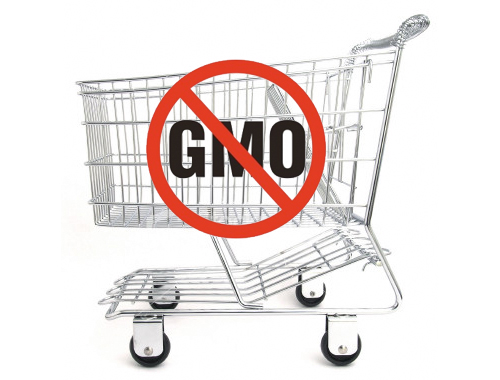x
“Fit is not a destination…
x
it’s a way of life.”
I absolutely, positively love this quote.
It perfectly encompasses my philosophy on health and fitness. Health is not something I, nor you, should take lightly, and it’s certainly not something you can put a timeline on. That’s because when you commit to making a change and beginning a journey to a fitter, healthier, happier you…there is no finish line. Your health isn’t a race with a final destination–it’s a movement. It’s an awakening. And the changes that bring you the most success are the ones that become so natural, so intrinsic and habitual, that they become a part of your very being.
Don’t get me wrong… getting to that point in your health is hard. Just like breaking a bad habit takes time, forming a new one takes practice and time–especially when you are working to change something that you’ve been used to doing every day. But that’s why you need to start small. Choose a side salad over a side of mashed potatoes. Cucumber slices and hummus over french fries or chips. A cup of chia pudding or fruit salad over a sundae or candy. A bowl of oatmeal or a smoothie over a doughnut (or even worse) no breakfast at all.
But whatever you do, please remember. Don’t beat yourself up. After all, (and I’ll say it again and again until you believe it) no one is perfect! You did read my last two posts, right ![]() ? Now that doesn’t mean you get a free pass or shouldn’t push yourself too hard, however. After all, part of change means being comfortable with being uncomfortable, pushing your body to the limit, sometime saying “no,” sometimes saying “yes,” feeling the pain, and acknowledging, yeah…change is tough! But I want it.
? Now that doesn’t mean you get a free pass or shouldn’t push yourself too hard, however. After all, part of change means being comfortable with being uncomfortable, pushing your body to the limit, sometime saying “no,” sometimes saying “yes,” feeling the pain, and acknowledging, yeah…change is tough! But I want it.
Isn’t the fact that’s it’s tough exactly what makes change so darn rewarding?
I guarantee once you begin to make healthy lifestyle changes and you see how happy and amazing you look and feel on the inside and out…that’s the only proof you’ll need. You’ll forget all about the race to the finish and instead, you’ll never want the journey to end ![]() .
.
x
Now, I know that these past few days I’ve talked a lot about detoxing your body, eating clean, powerful foods, committing to make healthy lifestyle changes, and holding yourself accountable for those changes. I can only hope that you’ve found my posts insightful and motivating and most importantly, I hope you feel you are ready to tackle your health head on! I obviously think doing a detox is a great way to kickstart your committment to change, (namely because it forces you to battle those ever-addicting and hard-to-beat food cravings all at once for a short period of time), but I do acknowledge that not everyone can afford to, nor do they want to, spend the money on an expensive detox program. If you’re one of these people and you’ve been thinking about doing a detox, or if you’re just finishing up a cleanse/detox and you’re looking to continue eating clean–I’m here to tell you there are other options.Thankfully by choosing organic, clean, detox-worthy foods, you can gently clean up and “detox” your body day-to-day without purchasing a hardcore cleanse. But before I get into the food, let’s start off with a list of reasons about why it’s so beneficial to detox in the first place…
x
Benefits of a Detoxing:
- Gain more energy!
- Improve digestion/give it a rest
- Lose stubborn bloat
- Return body to an alkaline state (read more about the health benefits of a low-acid/high alkaline diet here and here or in the Beauty Detox Solution–one of my favorite books!)
- Improve immune function
- Generate new cells
- Kick that sweet tooth (I have a secret…when you start eating healthy foods, you won’t crave sugary, processed junk anymore! Pinky swear.)
- Develop a taste for fresh, healthy foods (that’s what happen when you cut out sugar!)
- Fight cancer cells
- Get clearer skin, brighter eyes, & healthier hair
- Improve function of your body’s organs (namely your liver, which works to metabolize fat and proteins, filter the blood, remove toxins, regulate glucose levels, and store vitamins, iron and glycogen)
- Purify your blood
- Increase mental clarity
- Reduce inflammation
- Feel light, glowing, & amazing!
- Fall in LOVE with your body! (Because you feel and look so darn great
 )
)
The following foods perfect detox-worthy choices. They are full of vitamins and antioxidants, rid the body of toxins, cleanse the colon/liver, boost digestion, are great sources of fiber, act as diuretics, reduce inflammation and boost your metabolism.
x
While this list is not 100% exclusive, these are some of the top detox-foods (and are some of my personal favorites!). Feel free to do some extra research on your own if you’re looking to extend this list.
Foods to Choose:
- Acai berries
- Apples
- Apple Cider Vinegar
- Artichokes
- Asparagus
- Basil
- Beets
- Blueberries
- Broccoli
- Brown Rice (in moderation)
- Brussel Sprouts
- Cabbage
- Carrots
- Cayenne Pepper
- Chia Seeds
- Cilantro
- Cinnamon
- Collard Greens
- Cucumbers
- Dandelion Greens
- Fennel
- Garlic
- Ginger
- Grapefruits
- Kale
- Legumes
- Lemon/Warm Lemon Water
- Lemongrass
- Nuts
- Papaya
- Onion
- Oranges
- Parsley
- Pineapple
- Probiotics*
- Seeds
- Sprouts
- Strawberries
- Sunchokes
- Tea (caffeine free!)
- Quinoa (in moderation)
- Vegan Protein Powder**
- WATER!!!
- Watercress
- Wheatgrass
*Technically not a food…but GREAT for your gut!
**Look for an organic, natural, rice, hemp, chia, pea, & seed blend (my favorites are Garden of Life- RAW Protein and VEGA Protein
(Read more about detox foods here)
The following foods should be avoided/limited if you are looking to kindly detox your body.
x
Foods to Limit:
- Alcohol*
- Artificial Sweeteners
- Bananas*
- Caffeine (coffee &tea)
- Carbonated Beverages (bloat)*
- Corn**
- Dairy Products (if not vegan)*
- Dried Fruits
- Edamame
- Eggs (if not vegan)
- Gluten (wheat, barley, rye)*
- Fast Foods
- Fried Foods (unhealthy fats and oils)
- Non-organic fruits/veggies/protein***
- Processed Foods (anything flavored or chemical based)
- Juices (if not fresh squeezed/juiced)
- Processed Soy Products
- Carbonated Beverages (bloat)*
- Salt
- Sugars (especially those including high fructose corn syrup)
- Tobacco (duh!)
- Balsamic Vinegar*
- White Rice
* These should be eliminated if doing a strict detox, otherwise they can be enjoyed in limited quantities.
**Corn and Edamame have risk of being GMOs. Corn is hard to digest and is also high in sugar (like bananas). If eating edamame, be sure it is organic.
*** See next list for more details about organic vs. non-organic foods
It’s important to choose certified organic foods during a detox because the whole point is to rid your body of toxins and chemicals. Unlike organic produce, non-organic foods are often grown using pesticides and other chemicals that could be harmful to our health and increase toxins in our bodies.
x
Even worse? Non-organic foods run the risk of being genetically modified. You can read all about GMOs and organic vs. non-organic foods in my earlier post. The following list of fruits and veggies, which are known as the “Dirty Dozen,” should be purchased organic as much as possible due to the risk of high pesticide levels:
The “Dirty Dozen:”
- Apples
- Celery
- Strawberries
- Peaches
- Spinach
- Nectarines (imported)
- Grapes (imported)
- Sweet Bell Peppers
- Potatoes
- Cucumbers
- Blueberries
- Lettuce
- (Plus: Green Beans, Kale/Collard Greens)*
While buying organic is always a safer choice, we all know it’s not always financially possible! The following fruits & veggies are deemed the “Clean Fifteen” due to their low pesticide residues. I still am an advocate for all things organic, but if you can’t buy the organic versions of these guys all the time…it’s okay  . Read more about the “Clean 15″ and “Dirty Dozen” here.
. Read more about the “Clean 15″ and “Dirty Dozen” here.
The “Clean Fifteen:”
- Onions
- Sweet Corn*
- Pineapple
- Avocado
- Cabbage
- Sweet Peas
- Asparagus
- Mangoes
- Eggplant
- Kiwi
- Cantaloupe (domestic)
- Sweet Potatoes
- Grapefruit
- Watermelon
- Mushrooms
* GMO sweet corn does not need to be identified as such in stores. If you are concerned about GMOs…go organic!
I find it super helpful to print these lists out and stick them on my fridge or in my wallet, that way I’m constantly reminded about what foods I should be incorporating into my diet and what foods I should be limiting. Now you don’t have to go buying every single food on the “Foods to Choose” list tomorrow, however, if you make a concerted effort to add two or three of these foods into your diet and remove one or two of the unfriendly detox foods from your diet this week, you are well on your way to a healthier you! As you begin to feel more confident about changing your habits, you can feel free to incorporate more of the fresh, heathy, detox foods into your meal routines and eliminate the detox-sabatoging foods. It may be difficult not to cheat at first, but I promise–once you give your body a break from unhealthy foods, your cravings will diminish. All you need to do is commit to healthy change. After all, the power is in YOU! ![]()
x
Healthfully Yours,
x
Ashley Michelle
x


